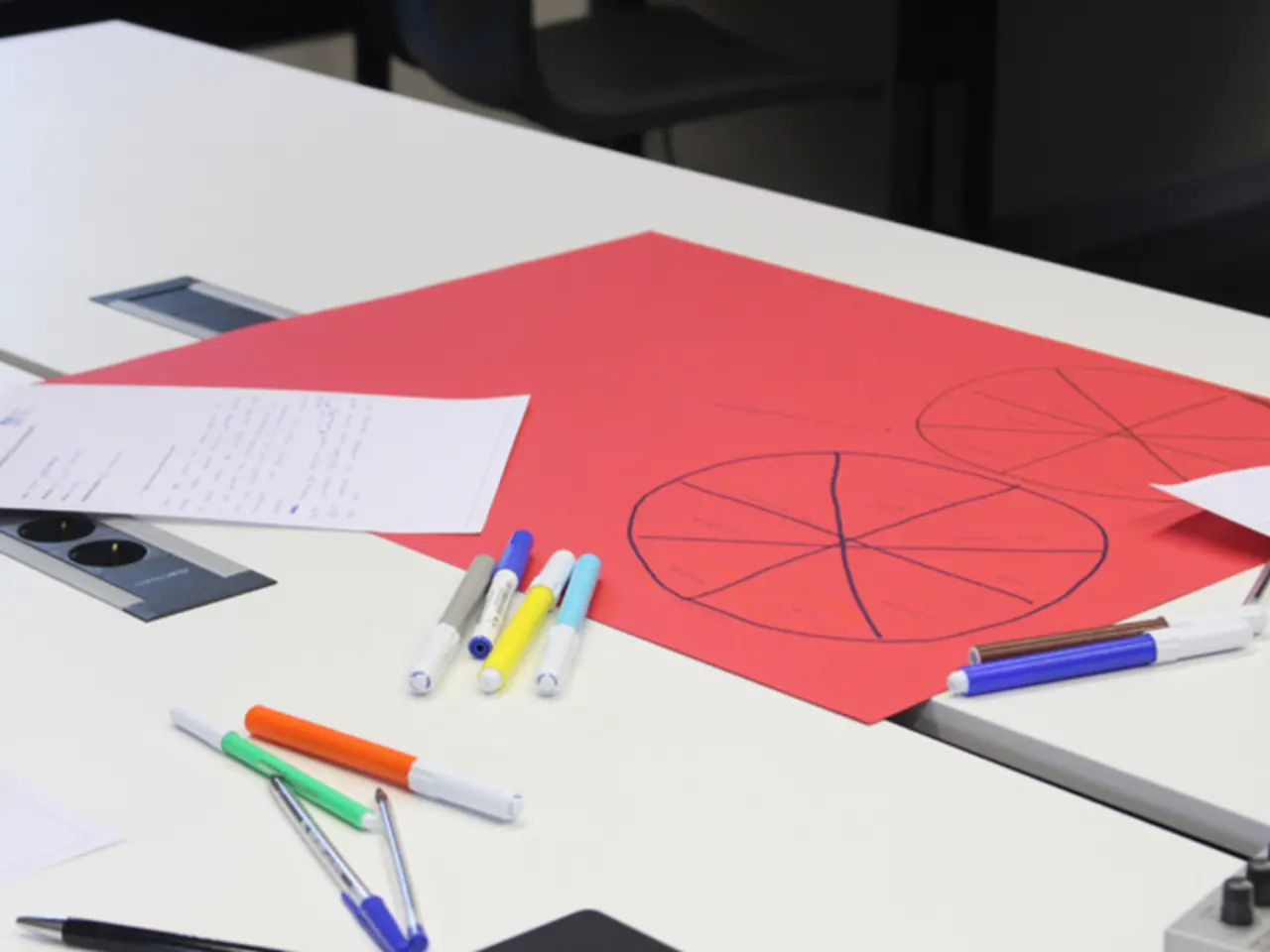Utilizing Modal Interchanges: Guidelines for Application
In the realm of music composition, a technique known as modal interchange offers a means to add depth, colour, and harmonic variety to your melodies. This technique involves borrowing chords from a mode that shares the same tonic (root note) but differs in quality, such as using chords from C minor while composing in C major.
### What is Modal Interchange?
Modal interchange enriches the harmonic vocabulary by introducing new chord qualities and tonal colours not found in the home key's native diatonic set. It is often used to create unexpected harmonic twists, emotional depth, and colourful harmonic texture in a composition.
### Examples of Modal Interchange Usage:
In a C major piece, borrowing the iv minor chord (Fm) from the parallel minor (C minor) can add a soulful or melancholic flavour. Borrowing the bVII major chord (Bb) from the Mixolydian mode or parallel minor can lend a bluesy or rock feel. Using the ♭VI (Ab major) or ♭III (Eb major) from the C minor scale for dramatic effect is another example.
### How to Apply Modal Interchange
To apply modal interchange, identify your tonic key and the parallel modes (like Ionian, Dorian, Phrygian, Aeolian, etc.). Borrow chords from those parallel modes: each mode has its own characteristic chords on each scale degree. Insert these borrowed chords smoothly into your harmonic progression to create fresh colours.
### Modal Interchange vs. Related Techniques
While modal interchange shares similarities with secondary dominants, chord substitution, and reharmonization, it is distinct in its focus on borrowing chords from parallel modes.
### Practical Application Tips
Understanding the function and colour of borrowed chords is key to effectively using modal interchange. It can be used to introduce emotional contrast, such as a major key passage momentarily borrowing minor chords for poignancy. Modal interchange is widely used in various genres, including jazz, pop, rock, and even surf music, to create stylistic flavour and interest.
In summary, modal interchange is a powerful compositional technique that expands harmonic language by borrowing chords from parallel modes, enabling richer, more varied, and emotionally compelling music.
- To enhance the emotional depth and harmonic variety in a composition, consider incorporating modal interchange, a technique from music education-and-self-development that allows composers to introduce new chord qualities and tonal colors not found in the home key's native diatonic set.
- In the realm of online-learning and music, understanding the practical application tips for modal interchange can provide a path to creating unexpected harmonic twists, colourful harmonic texture, and entertainment for listeners.
- By utilizing modal interchange, composers can expand their harmonic language, creating compositions that offer more than just melodies - incorporating moments of surprise, emotional contrast, and stylistic flavors that bring music to life in engaging and unforgettable ways.




